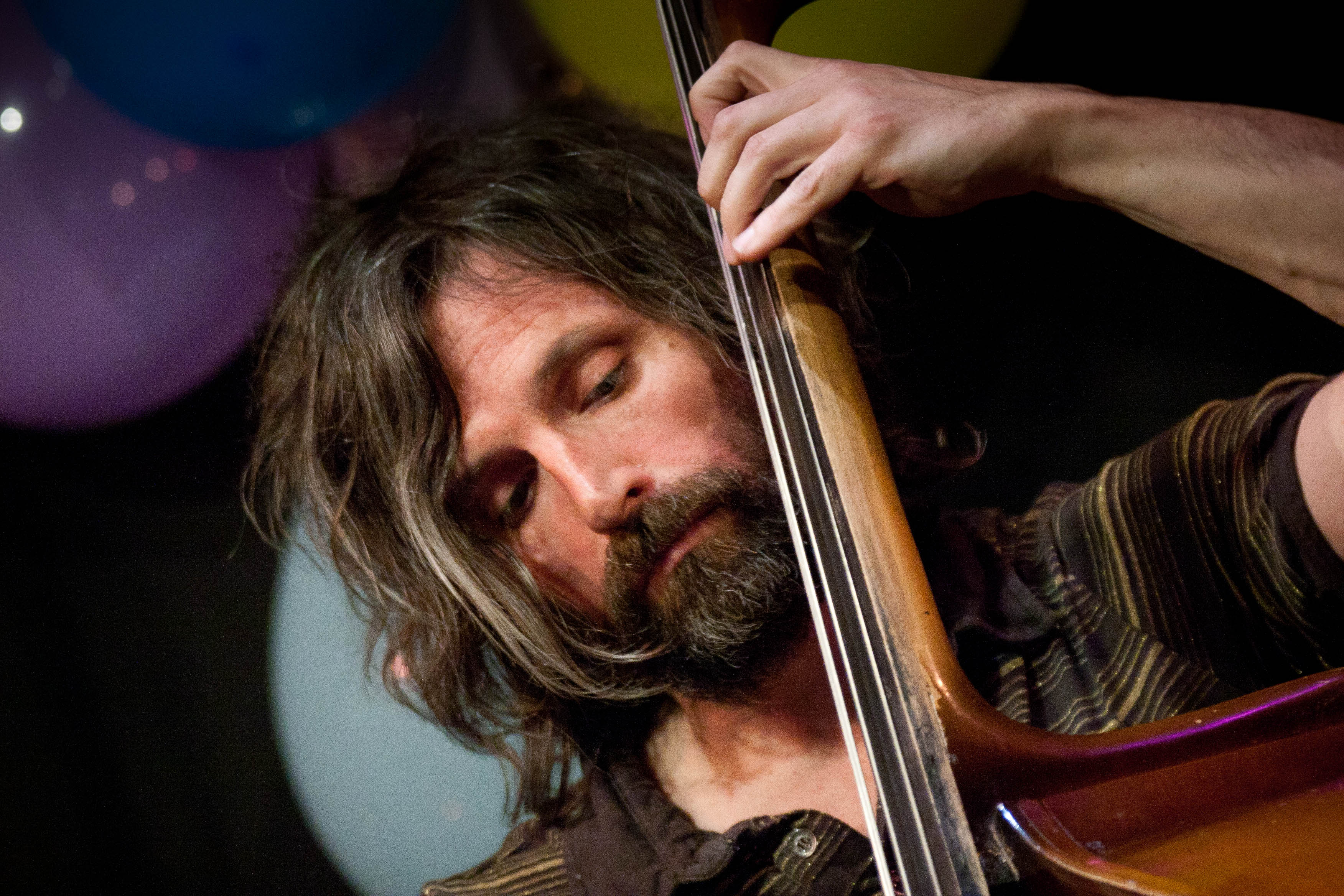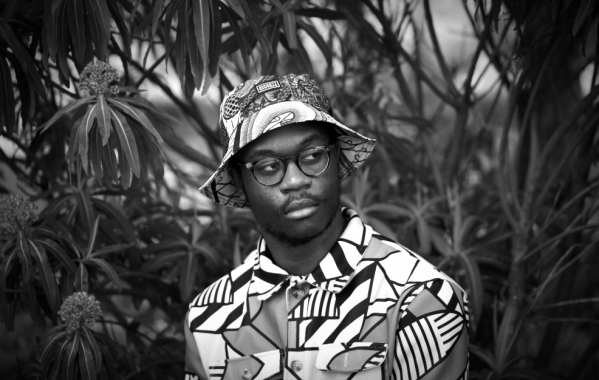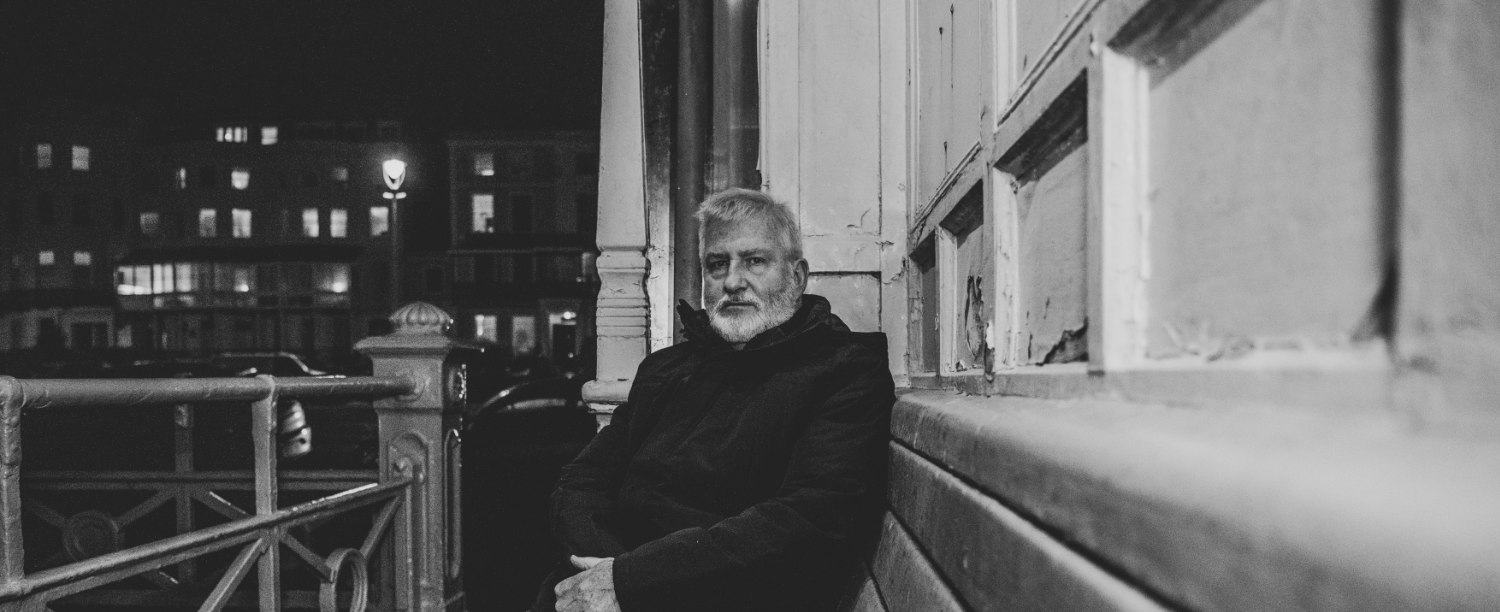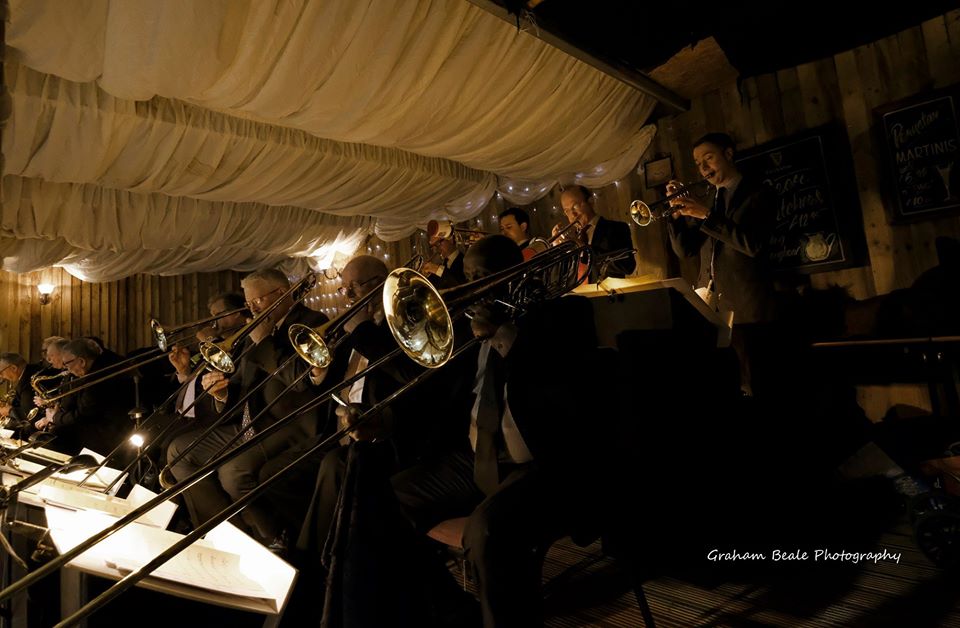The Column: Eddie Myer – Smalls Is Beautiful

Last issue’s column touched upon the meeting between enigmatic jazz innovator Ornette Coleman and controversial deconstructionist Jaques Derrida, and how the potentially seminal discussion between them had to be abandoned due to the intemperate heckling from the audience, much to the retiring philosopher’s dismay. Coleman’s reaction to the event is not recorded, but one might assume that as a veteran of the bar-walking R & B circuit of the 1940s he would be more than able to deal with a few rowdy highbrows – A.B. Spellman’s book Four Lives In the Bebop Business records how after a particularly difficult show in Baton Rouge in the early 1950s ‘he was assaulted and his saxophone was destroyed’.
By the time of his meeting with Derrida, Coleman’s muse had taken him to the forefront of the avant-garde, exploring some of the further reaches of tonality and spontaneous free expression. Yet his musical journey had started in his native Texas playing conventional swing, blues and R&B, and as a result he absorbed the language of those iconic American forms. However far out his subsequent output, his formative influences remained, linking his music to the mainstream of what had become known since the turn of the century as jazz. He was a true iconoclast, but remained part of a tradition, a broad river of voices that flowed through him and beyond, absorbing his innovations so that the pull of his own particular current could be felt as it passed on to the next generation.
This tension between tradition and innovation is a constant in jazz, and continues to stimulate lively debate as the music constantly redefines its place in the contemporary cultural landscape. A recent voice with a lot to say on the subject has been that of Spike Wilner, owner of the world-renowned Smalls Jazz Club in New York. As an incubator for new talent his club is on the frontline of the battle for the survival of jazz in the freewheeling capitalist society from which it was born, as the music balances on a knife-edge between cultural respectability and commercial neglect. Unlike the earlier generation on hard-bitten owner/managers he’s also a musician himself, studying piano at the New School (where our own local boy Dave Drake is currently also hard at work), and has many interesting insights and opinions on the state of the music today. One particular concern of his is the continuity of the jazz tradition, and indeed its very identity. In a recent interview he says:
“I don’t believe that improvised music is jazz. Improvisation is in all music and you can improvise anyway you like. Jazz is not only about improvisation. Jazz is a tradition, it’s a feeling, just the way any music has a feeling. If you’re a classical musician you play within the tradition of that music, if you’re a bluegrass musician you play within the tradition of that music. The same for salsa music. If you’re a salsa musician and you go to a salsa gig and start playing with a rock feel they’re gonna think you’re crazy. Jazz is this kind of music where it seems to be acceptable that you can change all the feeling you want and still call it jazz. And everyone gets very angry about it. I don’t believe that. I think that the essence of this music is the feel of the music which is: swinging, the blues, the foundation of the standard tunes that have become the basis of the improvisations, the language of the phrases, the bebop, the language of Charlie Parker and how it evolved. I think that if you wanna play jazz you have to investigate that language and that feeling and make it real, make it yours. Then you can change it if you feel like changing it.”
And he goes further, identifying jazz as a tradition rooted in a particular time and place:
“In the last 20-30 years jazz has become very international. Artists all over the world appreciate the music and want to learn it. In New York you see the musicians from all over the world: Europe, Japan, Israel. The bebop tradition sometimes isn’t very strong where they come from. They don’t understand it, they don’t get the sensibility of it – it involves the songs, phrases and language. In certain respects the music has changed by that but also the musicians change when they come here. Jazz has gotten from being a very insular music right from the cradle of the African-American culture to an international music that is open to everyone. Nonetheless, you still have to embrace that original intention. If you’re not an African American person you have to at least be able to be sympathetic to that culture to the point when you can understand why it is. What is this feeling? What are the roots of this feeling? What do those phrases mean? Why are they played? It’s like a language. When you want you learn French you should probably go to France and live in Paris and then you can really learn it. It’s the same with jazz. If you want to learn this music you can come to where it’s spoken fluently. Here in this country, especially in New York, it’s still fluent.”
Now, this will not be welcome news to the countless players around the world who are unable for whatever reason to come and live in New York themselves, but still feel moved to add their voices to the tradition. And of course exactly who gets to define the tradition itself is a bone of considerable contention. It’s worth noting that the jazz community did not unanimously embrace the innovations of Charlie Parker’s bebop generation when they came along; Coleman and Coltrane endured as much hostility as approval when they initiated their own contributions. Nor are the roots of jazz undisputed. Wilner, like the still-controversially outspoken traditionalist Wynton Marsalis, identifies the triplet-derived rhythmic feel known as swing as being central to the African-American artistic tradition. There’s a well-established tendency among commentators to claim that swing feel is uniquely associated with jazz, as a consequence of its African roots, for which it furnishes proof. Yet other musical styles of the African slave diaspora, such as Cuban Rumba and Bata, which can be more directly linked to existing African musical traditions, don’t feature triplet swing. The musicologist Howard Goodall has pointed to the popularity of triplet feel in late-Victorian popular music – think John Brown’s Body, I do Like To Be Beside The Seaside, or if that doesn’t do the job, the Sousa marches as popularised by the Monty Python TV theme – and links this to the tradition of spoken English rhyme traceable as far back as Humpty Dumpty Sat On A Wall, which is reliably dated to at least as far back as the 1650s.
The political dimension of cultural scholarship is well attested. Jazz has taken it’s rightful place as a crowning achievement of African-American culture, after a long battle against establishment hostility and prejudice, and there is perhaps no room for Humpty Dumpty in this narrative, except as the title of two very different tunes by Chick Corea and Ornette himself. We can acknowledge the importance of the tradition in defining and maintaining the identity of the music we love, and the central importance of the African-American culture in providing both it’s roots and it’s development to its most transcendent points. We can also see how the ability of jazz to expand and include the contributions from many different cultures into it’s melting-pot is what gives it lasting universal appeal. Let’s leave the last word to Spike Wilner, who has seen a lot of jazz in his time:
“In American society, success is about money and fame. But it’s not what art is about. Art is a spiritual journey. Art is about self discovery, rigorous discipline. I believe that musicians need to embrace that especially with jazz. It’s a spiritual music. The way a great jazz musician plays is being a vessel for something bigger. You’re not thinking, you’re reacting and the best jazz is just completely spontaneous. You don’t know what’s gonna happen – that’s God coming through you. If you’re clear it will be beautiful, if you’re brilliant it will be brilliant, if you’re dull it will be dull.”
You can read the whole interview here.
This column appeared in the June 2015 issue of SJM.
[Corrected 02/06/15: Rafel Sarnecki was incorrectly named as the owner of Smalls. Pianist Spike Wilner is the owner of Smalls whilst guitarist Rafel Sarnecki was the interviewer in the Jazzarium piece mentioned above. Many thanks to John Harris for pointing this out.]


